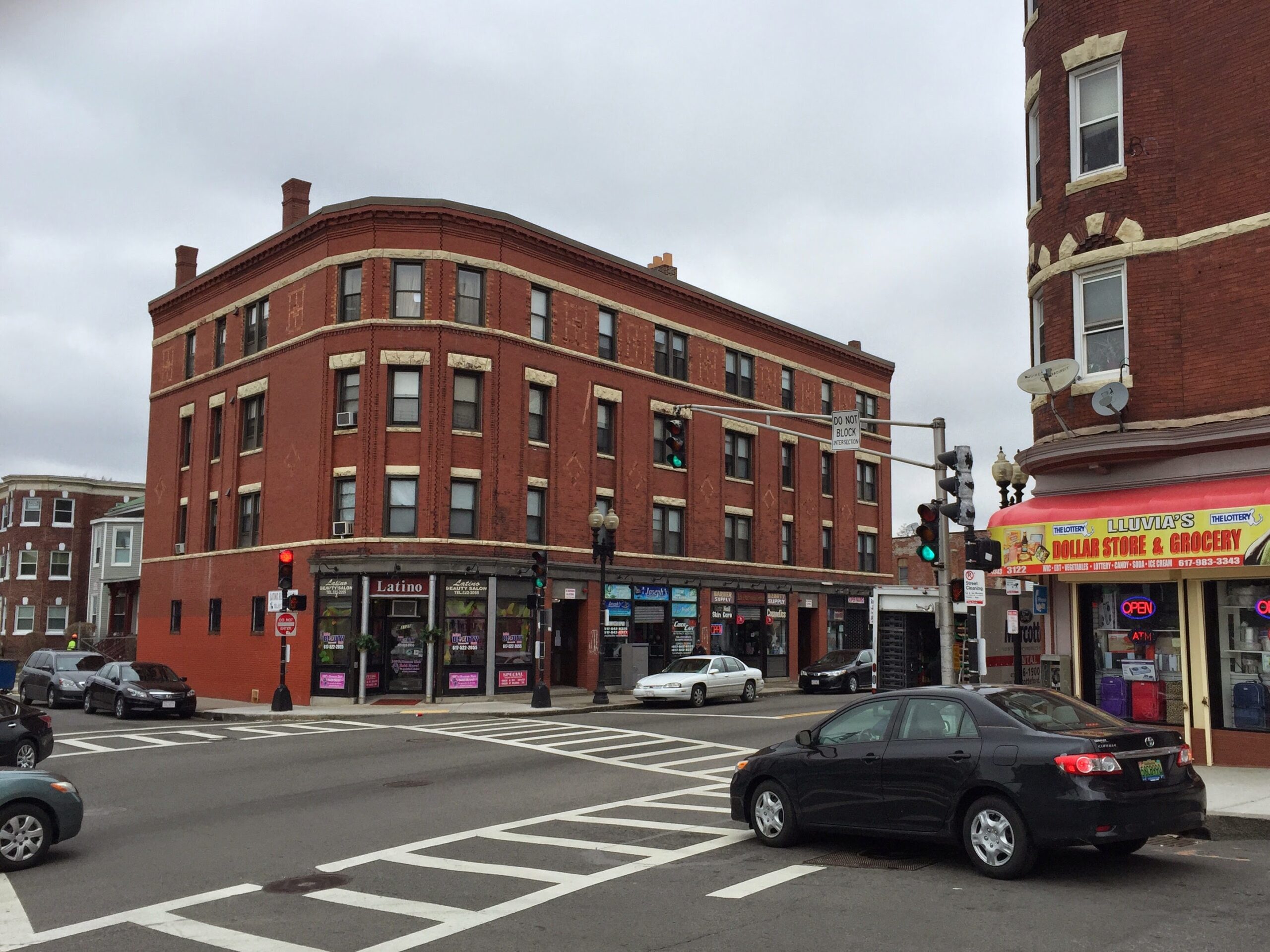
Wu Puts ARPA Funding toward Rent Rebates
By Steve Adams / via Banker & Tradesman Staff
Side effects of COVID on Boston’s neighborhood business districts included rising turnover and shuttered landmarks, resulting in some of the highest retail vacancies in the region.
Fresh off its recent “Return to Downtown” block party, the new administration is turning its attention to outlying neighborhoods’ commercial centers. In her $4 billion budget proposal for fiscal year 2024, Mayor Michelle Wu is asking for more funding for Main Street organizations and rent rebates to stabilize storefront occupancy. Wu is seeking to apply $9 million in federal stimulus money for commercial retail rebates, with the goal of restoring vibrancy to high-traffic areas.
“What’s been noticeable is there are a lot of ‘for lease’ and ‘for sale’ signs, not just downtown but across our main street areas as well,” said Segun Idowu, Boston’s chief of economic opportunity and inclusion. “It’s a top priority to fill these vacancies, so we’re waking up all of our city’s districts.”
A key role would be played by the city’s nonprofit Main Street organizations, which serve as go-betweens between City Hall and local merchants. From a single nonprofit formed in 1983 to revitalize Roslindale Square, the Boston Main Streets program has expanded to 20 organizations whose mission is to strengthen business districts in the city’s outlying areas.
The groups sponsor events and promotions designed to attract foot traffic to their districts, coordinate storefront cosmetic improvements and partner on transportation programs, such as last summer’s subsidized MBTA passes for employees of district businesses.
Under Wu’s budget proposal released this month, the city’s contribution to the Main Street organizations would rise from $1.5 million to $5 million in fiscal 2023, largely thanks to $4 million in American Rescue Plan Act (ARPA) stimulus funding.
Details of how the fund would be administered would be determined following the budget’s approval by the city council, Idowu said. Priority would be given to and women-owned businesses and businesses owned by people of color.
“We are lacking representation in those areas, and we want to make sure we’re eliminating those barriers,” Idowu said.
The city also is seeking to inventory vacant retail properties and work with landlords on revitalization through new programs.
The ‘Bottom Rung’ of Retail Bears Brunt
Local retailers have been among the hardest-hit segments of Greater Boston’s 245 million-square-foot retail real estate market, according to a recent report issued by Cambridge-based ABG Commercial Realty with data from CoStar.
Neighborhood centers had the highest vacancy and availability rates of all retail property types at 4.6 and 5.9 percent respectively, even as the region-wide vacancy rate fell to 2.8 percent at the end of 2021.
Neighborhood retail – typically properties that derive most of their business from within a 2-mile radius – was particularly vulnerable during the pandemic and has been slowest to recover, said Patti Crooks, managing director at ABG Commercial Realty.
“They make their business based upon contact, and they paid dearly for COVID,” Crooks said. “It’s tough for mom-and-pops, because they didn’t get a lot of help during COVID and they had severe restrictions on them. They’re the bottom rung, and they’re the ones who paid for it.”
In the heart of Jamaica Plain’s commercial district, current concerns center not around empty storefronts, but displacement and rent increases.
Ginger Brown, executive director of JP Center/South Main Streets, said a recent inventory found just six vacant storefronts, compared with a high of nine during her five-year tenure with the organization. The group oversees the business district along Centre Street from Canary Square to the Arborway.
But rising rents are blamed for displacement of locally-owned shops and food vendors, such as the recently-announced closure of the Carrot Flour Cafe on May 23.
“We have a unique problem in that commercial gentrification here is more advanced than any other Main Street district [in Boston],” Brown said. “Gentrification would have happened with or without COVID.”
Brown credited the new administration for its focus on continuing threats to mom-and-pop retail, including redevelopment of retail properties as multifamily housing. While the new buildings typically include ground-floor retail, rents can be prohibitive for legacy tenants, she said.
Idowu met with the Main Streets organizations April 19 to discuss the administration’s neighborhood retail strategy. Members discussed potential funding for retail tenants to acquire their properties as an anti-displacement strategy, Brown said.
James Arthur Jemison II, Wu’s newly-announced pick for the newly-created chief of planning post, said density bonuses could be one future incentive offered to developers to maintain retail spaces in neighborhoods.
“It might help the owners to sustain better retail and densify those districts and create more foot traffic. And that foot traffic can help their first-floor commercial spaces and their rent per square foot,” Jemison said.


